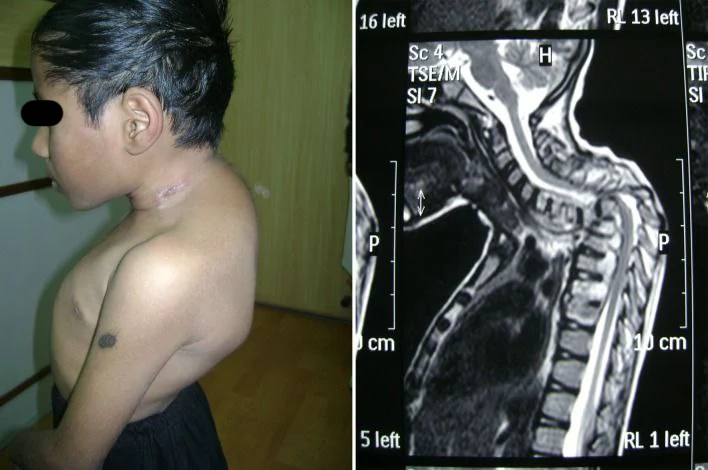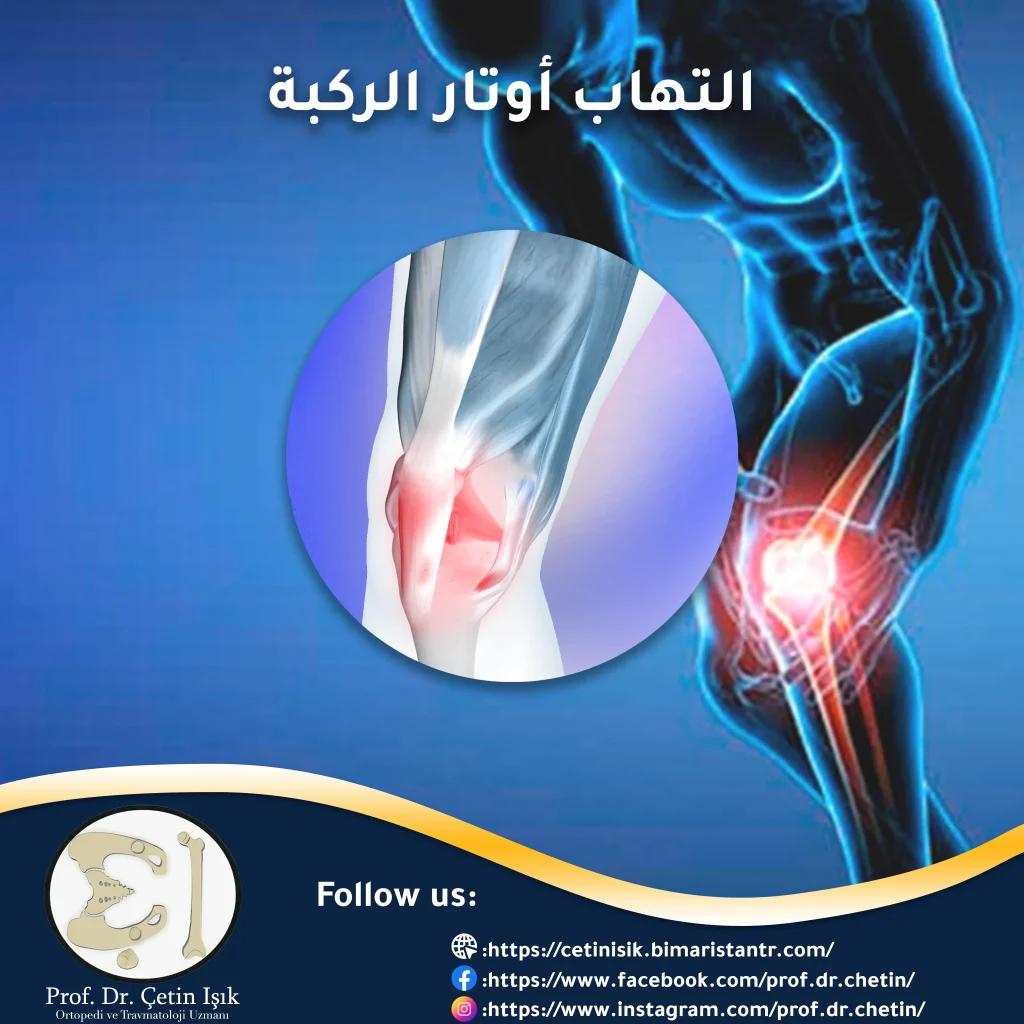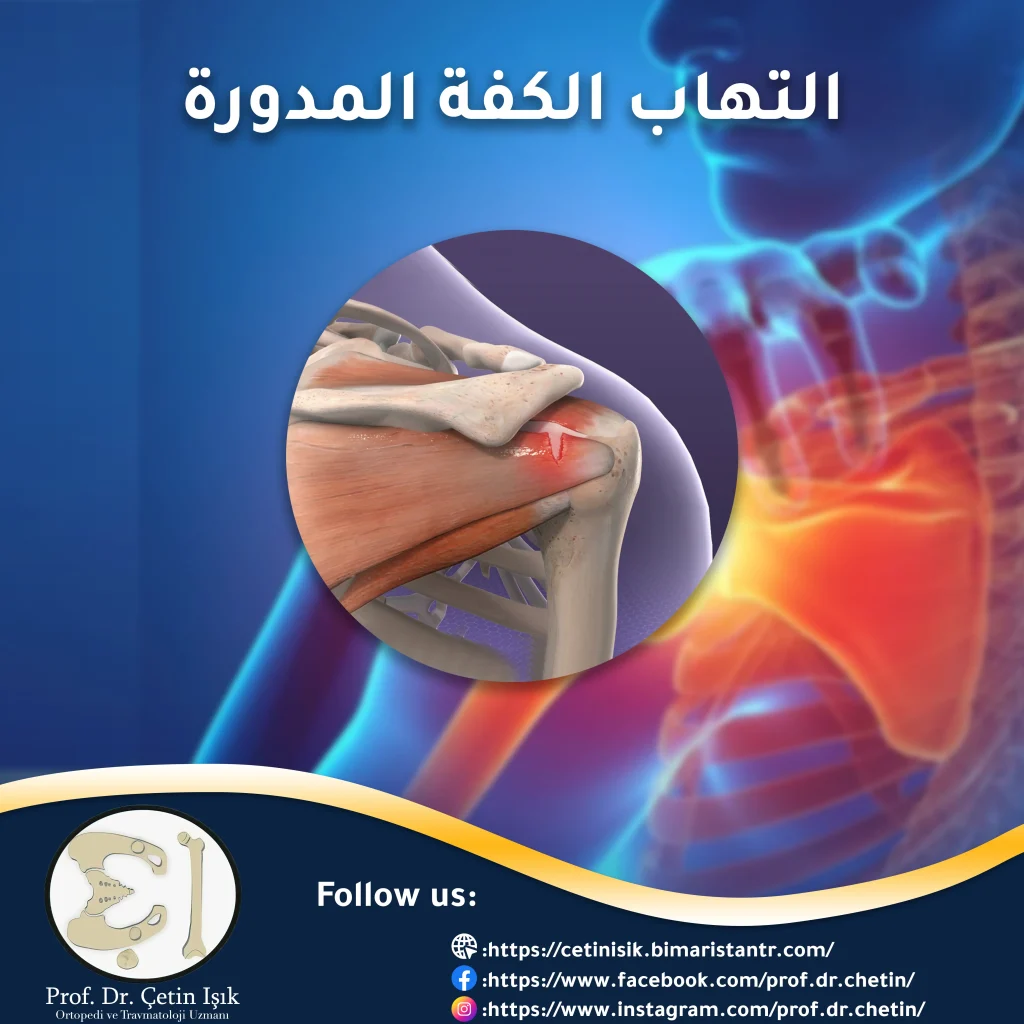Tuberculosis of the bone is relatively rare, however, it is necessary to diagnose it early, although it is difficult in the early stages to avoid the serious complications that it causes if it is not treated.
What is tuberculosis of bones?
Tuberculosis is a highly contagious disease caused by the bacteria Mycobacterium tuberculosis. It usually affects the lungs but can also attack other parts of the body including the kidneys, digestive system, brain, spine and skin.
Either tuberculosis of the bones or what is known as bone tuberculosis Bone tuberculosis is a chronic disease and a form of extrapulmonary tuberculosis that affects the bones and joints, causing tuberous foci and swelling in the soft tissues, in addition to severe pain.
In the United States, only 3% TB accounts for all TB cases, primarily affecting the spine.
Types of tuberculosis in the bones
There are different categories of disease bone tuberculosis Depending on the location of the infection in the body, it can cause these types:
- Tuberculosis of the spine, which is the most common type, accounting for about half of cases of musculoskeletal tuberculosis, and is called Pott's disease or tuberculous spondylitis
- Tuberculosis of the hip joint
- Tuberculosis in the elbow joint
- Tuberculosis of the knee joint
- Tuberculosis in the ankle joint
- Tuberculosis of the bones of the upper extremities
Causes of tuberculosis in the bones
Tuberculosis of the bone is rare, but in the past few decades the prevalence of this disease has increased in developing countries due to the spread of AIDS.
Bone tuberculosis occurs when a person becomes infected with the infectious Mycobacterium tuberculosis bacillus, as it infects other organs outside the lung. Pulmonary tuberculosis is transmitted from one patient to another through the air by droplets.
After the initial infection has occurred, the tuberculous foci are usually contained by the cellular immune response.
When this mechanism fails, as in the case of malnutrition, advanced age, HIV infection, or advanced kidney disease; The possibility of reactivation of infection increases and this causes the emergence of active tuberculosis in the clinical form. The tuberculosis bacillus spreads through the blood from the lungs and lymph nodes to the bones in the spine or joints.
That is why tuberculosis develops in the bones due to the excessive blood supply in the middle of the long bones and in the vertebrae and large joints.
Symptoms of tuberculosis in the bones
The patient may not feel any symptoms in the early stage of tuberculosis, especially if it is latent in the lungs, as it spreads to the rest of the organs without the patient feeling it.
Once infected with bone tuberculosis, the following symptoms begin to appear and vary depending on the affected bone:
- Severe back pain
- Pain in the carpal bonescarpal tunnel syndrome)
- Soft tissue swelling
- Abscesses
- Tetany
Patients with bone tuberculosis may develop symptoms of normal tuberculosis, which include:
- General fatigue and burdens
- Fever
- Night sweats
- Weight loss
In the advanced stage of the disease and if treatment is not started, serious symptoms such as:
- Neurological complications, in approximately 50% patients, such as spinal cord compression and cauda equina syndrome
- Paraplegia
- Bone deformities, especially spinal deformity such as curvature of the back
- Shortening of the limbs in children
- Tuberculous aneurysm, a rare complication
- TB-related meningitis

Diagnosis of tuberculosis
The most common methods of diagnosing bone tuberculosis include:
Bacterial culture: The doctor takes a sample of blood or sputum to check for tuberculosis.
Biopsy: This involves taking a piece of infected tissue, such as bones or joints, and checking it for bacteria.
Body fluid testing: The doctor may sip a little pleural fluid surrounding the lungs, cerebrospinal fluid or synovial fluid to test for tuberculosis bacteria.
Immunological tests: Using a sample of blood or body fluids to check for antibodies against tuberculosis and even AIDS.
Radiography: Radiographic tests such as an X-ray or MRI are useful if bone abnormalities are present.

If you have any questions about diagnosing bone tuberculosis, please contact us Contact us To answer all questions.
Treatment of tuberculosis in the bones
Treatment of tuberculosis in the bones mainly involves taking medications, as tuberculosis in the bones may cause some painful side effects, but the damage is usually reversible when treated early with the correct regimen of medications, and in some cases surgery can be resorted to depending on the severity of the infection. .
Medications
Taking medications is the first line of treatment in tuberculosis, the duration of treatment can last from 6 to 18 months at least.
The drugs most commonly used to treat bone tuberculosis include:
| Medicine | side effects |
| Rifampicin . | Bleeding, shock, kidney failure, jaundice (hepatitis) |
| Ethambutol | Impaired vision and color perception |
| Isoniazid | Rash |
| Pyrazinamide | Liver damage and sometimes gout |
Among the signs of the effectiveness of drug treatment for a person diagnosed with tuberculosis after taking his medication according to the doctor’s instructions:
- Low value of ESR
- The focus of tuberculosis on the X-ray becomes more solid
The patient may not respond to drug treatment for tuberculosis for one of these reasons:
- Misdiagnosis
- The patient is unable to tolerate the side effects
- Drug-resistant tuberculosis
Then we resort to second-line drugs for treating tuberculosis of the bones, which include:
- Aminoglycosides Ex: streptomycin, amikacin and kanamycin
- Fluoroquinolones Ex: levofloxacin and moxifloxacin
- Capromycin
Corticosteroids
In bone tuberculosis, these drugs may be prescribed to prevent complications such as inflammation around the spinal cord or heart.
Preventive measure
The bone tuberculosis patient should stay away from smoking and excessive alcohol consumption, and avoid fatty foods such as chicken or potatoes and other fried foods that are high in saturated fats.
Surgery
Surgery plays a limited role in the treatment of tuberculosis in the skeleton, as the doctor resorts to the surgical option in serious cases, and there may be a need to take a synovial biopsy to confirm the diagnosis before surgery.
Among the surgical procedures available to treat tuberculosis in the skeleton:
- Laminectomy: It is performed in a patient with spinal tuberculosis, due to the instability of the spine and the emergence of neurological symptoms as a result.
- Arthrodesis (arthrodesis): It is a surgery in which two bones are connected with a common joint, so that the fusion does not pose a threat to their function. It is performed by the surgeon to repair the damage resulting from the destruction of the joint and to get rid of chronic pain in the event that previous treatments fail, and it is the only solution in severe cases.
Sources:




